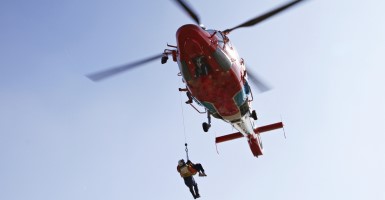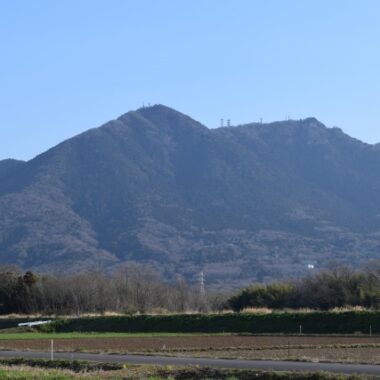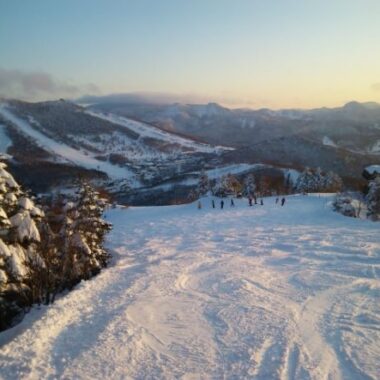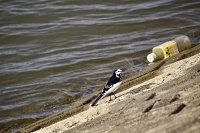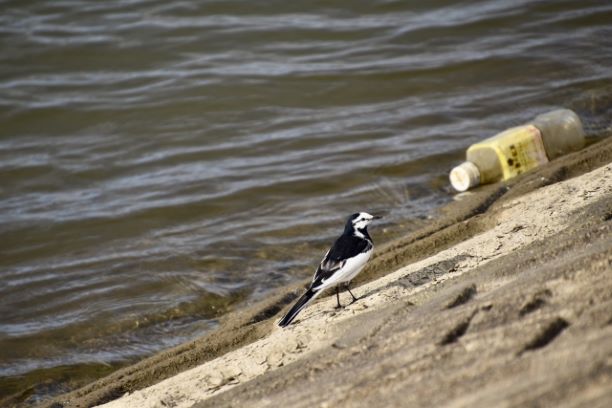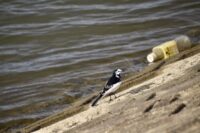Summary of Mountain Climbing Accidents in Statistics
In connection with mountain climbing accidents (here, mountain climbing accidents are referred to as “mountain climbing accidents”), which are distinguished from mountain accidents, and accidents at the time of mountain climbing other than for the purpose of mountain climbing during general tourism, etc., are referred to as “mountain climbing accidents”), the National Police Agency publishes the annual overview of mountain distress on the Web (hereinafter, the overview of the publication is referred to as “public overview”).
Currently, the number of distress cases and the number of distressed persons in 2020 have been announced. However, in 2020, the number of distressed persons seems to have decreased by less than 10% and the number of distressed persons by less than 8% compared to the previous year. However, in 2020 we were affected by the new coronavirus, and the number of cases affected by it was almost the same as in 2014 (the number of victims was as high as in 2013). Therefore, if we exclude the impact of the new coronavirus, it seems that it is delicate whether the long-term trend has been declining.
The number of mountainous distresses and the number of distressed persons include those who entered the mountain for the purpose of tourism, etc., and the number of distressed persons in the mountainous distress in 2020 was 2697, and the number of distressed persons in the mountain climber was 2038. In addition, the number of victims of mountain climbing between 2015 and 2020 was 2283 → 2101 → 2223 → 2315 → 2223 → 2038 (persons), and it seems that the number of victims of mountain climbing continued to remain unchanged until 2019, when there was no impact of the new corona, but some organizations seem to have seen a declining trend since 2019.
In this publication, figures such as the cause of distress and the status of the mobile phones carried by distressed persons are also publicly available. However, there are many statistics on the population of mountain distress as a whole, and it is impossible to analyze the attributes of the distressed persons of mountain climbers in detail. However, the most common cause of distress is the distress of the road (about 40% of all mountainous distresses have been distressed in the past five years). However, in recent years, map apps with smartphone navigation functions have been rapidly becoming popular, and it is considered that the number of lost roads will decrease as a result of this popularization.
In addition, the three mountain organizations have compiled the report on the investigation of mountain distress accidents and published useful detailed analysis results on the Web.
Legal problems arising from mountain climbing accidents
This kind of mountain climbing accident is not entirely legally problematic, and legal problems arise in some forms of mountain climbing accidents, of which limited forms of accidents have evolved into lawsuits.
However, the form of mountain climbing accidents, which can be a legal problem, is not fixed. For example, if a single climber suffers injury due to his or her own return, it may not be a legal problem without special circumstances, but the spread of mountain insurance has led to the problem of insurance benefits. In this way, the trends of the times and changes in the environment have changed the forms of mountain climbing accidents that can be legal problems.
Criminal Procedure and Civil Procedure for a Mountain Climbing Accident
When a mountain climbing accident becomes a legal problem, often only criminal and civil liability (including national liability) or civil liability is a problem. Like traffic accidents or accidents due to inadequate management of facilities, mountain climbing accidents are caused by the negligence of a third party, and if any damage is caused by such accidents, criminal liability such as negligence causing death or injury, as well as civil liability such as liability for damages, may be a problem.
Even in the case of a mountain climbing accident, the victim is responsible for asserting and demonstrating illegality and negligence, but it is often difficult to identify specific negligence acts and collect the evidence.
However, in criminal trials, the public prosecutor identifies the defendant’s specific negligence and submits evidence, so that the victim or his/her family can use the content of the prosecutor’s claims and proofs in the criminal case or the specific content of the negligence recognized by the court in the court’s judgment as a reference in civil proceedings. In some cases, some of the evidence of a criminal case is available in civil proceedings.
Especially in criminal cases, more rigorous proof than in civil cases is required, and the investigative authorities collect evidence through compulsory investigations, etc. In some cases, the burden of assertion and proof in civil cases may be reduced after the result of the criminal case is obtained. In the event that both criminal and civil responsibilities become a problem in a mountain climbing accident, it is generally recommended to precede the criminal trial and institute a civil action after the criminal trial.
However, in some cases, it takes time to prosecute a mountain climbing accident or to proceed with a lawsuit, and the issue of prescription may require that a civil suit be instituted before a criminal trial is decided.
For example, on October 7, 2006, four of the tourists who were distressed from Mt. Shimizu on the crest line of Mt. Shiroumatake were frozen to death (the so-called “2006 Case of Disaster in Mt.Shiroumadake”), which was prosecuted by the Matsumoto Branch of the Nagano District Court. The decision of the Tokyo High Court in the appellate trial was made on October 30, 2015 (the appeal was not filed and was finalized in the appellate trial), so it takes more than nine years from the occurrence of the case until the criminal trial became final and conclusive. The civil proceedings in this case seemed to have been filed in 2010 prior to the prosecution of the criminal case, and the judgment of the first instance appealed on July 20, 2012 (and it seems that it was settled in the appeals appeal).
In July 2009, seven mountain climbing tour visitors and one guide died in Mt. Tomraushi. In March 2018, it took eight and a half years for prosecution not to be prosecuted in the case of a so-called accident involving Mt. Tomraushi distress.
